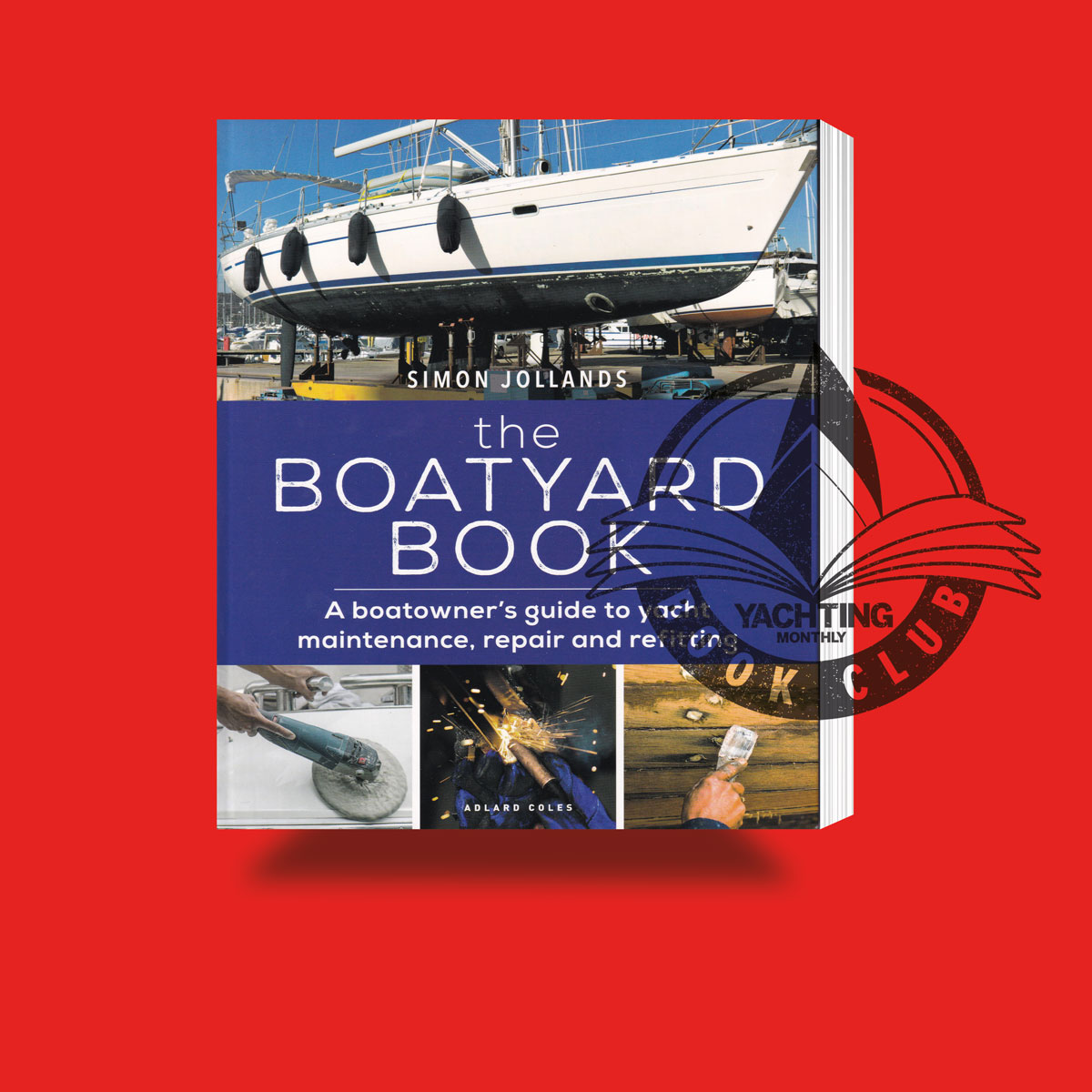The Greatest Raid: St Nazaire 1942 examines Operation Chariot and the lengths those in charge went to ensure its success, at the cost of the lives of yachtsmen
The Greatest Raid: St Nazaire 1942
Giles Whittell
Penguin, £20
A new study of Operation Chariot, the St Nazaire Raid 28-29 March 1942, published to coincide with the 80th anniversary.
This is a Second World War operation that has been commemorated almost every year, except during the pandemic, as its audacity and apparent success as well as its human cost, has captured imaginations.
At the time it was the largest, most ambitious undertaking for the relatively new Combined Operations team led by Lord Louis Mountbatten.
15 motor launches (there were 16 but one suffered engine failure), a motor torpedo boat and a motor gunboat escorted the expendable destroyer HMS Campbeltown up the Loire to St Nazaire.
There she would be rammed against the gates of the Normandie Dock and exploded, effectively denying access to the much-feared German warship Tirpitz.
Both the Campbeltown and the smaller boats carried groups of commandos whose mission was to rush ashore and cause further damage.
Very little thought had been given to the means by which they could be taken off again – or the vulnerability of the wooden, petrol-driven launches in the midst of a close quarters gun fight.
Only three of the launches made it back to Plymouth. The overall casualty rate was 62% killed, wounded or captured: among the commandos it was 72%.
Whittell includes the poignant detail of the hall in Devonport Naval Barracks with 24 tables set out to welcome and feed the commando force. 18 tables had been set out for 12 men at each. Only two were occupied.
Though publicly and politically hailed a success, in human terms it was a disaster – and one which could have been foreseen.
Whittell suggests that there may well have been advance realisation of the likely cost but that the planners decided to go ahead anyway.
At one point he likens this trip up the Loire by so many men and boats to the Charge of the Light Brigade into the Valley of Death.
He asks cogent questions as to why this escort force of wooden launches and the additional commandos was needed at all, if blocking the lock gates was the only objective.
Whittell’s access to Andrew Lownie’s research into the Mountbatten papers offers an insight into vanity and callousness; the inflamed ego, the mantra that the impossible is always possible if one is prepared to accept sufficient deaths (not one’s own).
Even before the raid took place Mountbatten was prepared to lose everyone who went.
The reason that this is of particular interest to Yachting Monthly readers is that so many of the officers piloting their vulnerable craft up the Loire, enduring horrible losses and needing to take crucial decisions about rescuing their fellows, were yachtsmen.
Continues below…
Uncommon Courage: Book Review
Uncommon Courage: the Yachtsmen Volunteers of World War Two is a fascinating account of the Royal Naval Volunteer Supplementary Reserve's…
Seamanship 2.0: Book review
Julia Jones, Yachting Monthly's literary reviewer discusses Seamanship 2.0, which consistently takes the approach that the best cure is prevention
The Boatyard Book: Book review
Julia Jones, Yachting Monthly's literary reviewer discusses The Boatyard Book by Simon Jollands: "Although his advice is to ‘Know your…
Sea Journal: Book review
Julia Jones, Yachting Monthly's literary reviewer discusses Lisa Woollett’s Sea Journal, which tells the story of a year’s coastal photography,…
Issues of the magazine over the next few months contain heartrending pleas from wives and mothers, wanting information about loved ones who had not returned.
Inevitably the news eventually came back that they were not captured but dead.
If there is a weak point in Giles Whittell’s energetically written and highly readable book it his research into the RNVR participants.
He has good material on T.A.M. (Tom) Collier, a popular member of the Clyde Cruising Club and the RNVSR who was writing for Yachting Monthly up to the summer of 1939.
However he has somehow missed Peter Scott’s detailed information and first hand accounts in The Battle of the Narrow Seas.
Though Scott’s account is only a chapter I would recommend reading the two books together for a thought-provoking – and disturbing – insight into the expendability of human lives for political gain.
And also the explosive mix of power and vanity when fanned by flattery and deference.
Whittell concludes ‘Perhaps the unhappiest legacy of the raid on St Nazaire was that it emboldened Mountbatten to push four months later for a much bigger raid on Dieppe.’
A thousand young Canadians would die there – and, yes, former Yachting Monthly readers and contributors would be casualties as well.
Buy The Greatest Raid St Nazaire 1942 at Amazon (UK)
Buy The Greatest Raid St Nazaire 1942 at Amazon (US)
Buy The Greatest Raid St Nazaire 1942 at Waterstones (UK)
Buy The Greatest Raid St Nazaire 1942 at Audible
Note: We may earn a commission when you buy through links on our site, at no extra cost to you. This doesn’t affect our editorial independence.
Visit the Yachting Monthly Book Club for more of the best sailing books released this year.
Enjoyed reading The Greatest Raid: St Nazaire 1942: book review?
A subscription to Yachting Monthly magazine costs around 40% less than the cover price.
Print and digital editions are available through Magazines Direct – where you can also find the latest deals.
YM is packed with information to help you get the most from your time on the water.
-
-
- Take your seamanship to the next level with tips, advice and skills from our experts
- Impartial in-depth reviews of the latest yachts and equipment
- Cruising guides to help you reach those dream destinations
-
Follow us on Facebook, Twitter and Instagram.








